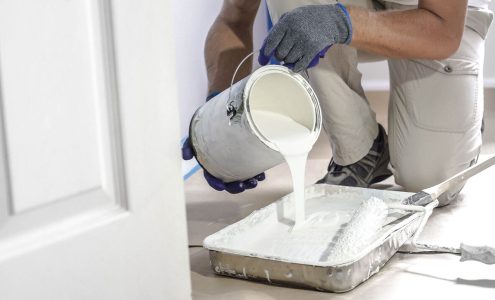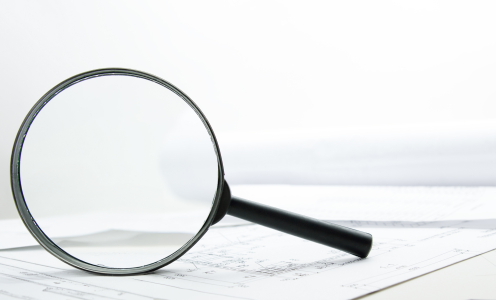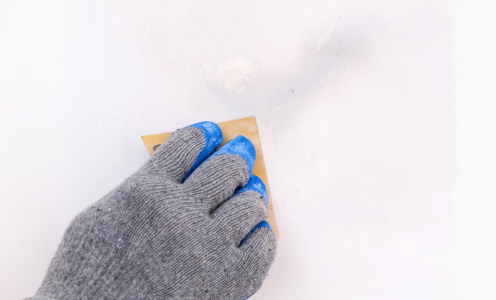Introduction:
If you’re planning to invest in commercial painting services, one of the first questions you’re likely to ask is, “How much will it cost?” The answer depends on several factors, including the size of the project, the materials used, and the complexity of the job. Commercial painting can be a significant investment, but understanding the elements that affect pricing will help you make informed decisions. In this article, we’ll break down the key factors that influence the cost of commercial painting services and provide tips for ensuring you get the best value for your budget.
Key Factors Affecting Commercial Painting Costs
- Size of the Project: The total surface area that needs painting is one of the biggest factors in determining the cost of a commercial painting project. Larger buildings require more paint and more labor, both of which increase costs. Additionally, the complexity of the building’s architecture (e.g., multi-story buildings or intricate details) can also affect labor time and, consequently, the final price.
Example: A small office space may only require a few workers and a couple of days to paint, while a large industrial warehouse could take a week or more and require a much larger crew.
- Type of Paint and Materials: The type of paint you choose will also play a major role in the total cost. High-quality, durable paints are more expensive but often provide better coverage and longer-lasting results. Some projects may require specialized paints, such as fire-resistant or eco-friendly coatings, which can further increase costs.
Tip: Discuss your options with the contractor to find a balance between cost and longevity. In some cases, investing in higher-quality paint up front can save you money on maintenance and touch-ups in the long run.
- Labor Costs: Labor is another significant component of the cost of commercial painting services. Commercial painters typically charge based on the size of the project and the number of workers required. If your project involves multiple stories, difficult-to-reach areas, or extensive surface preparation, labor costs will likely be higher.
Tip: Ask the painting contractors you’re exploring whether they use Commercial Painting Software, this helps you identify painting businesses that take a serious approach to managing complex variables, like labor, paint requirements and the forecasting of time.
The Difference Between Interior and Exterior Commercial Painting Costs
Interior and exterior painting projects differ in both complexity and cost. Exterior projects often require more preparation, such as power washing, caulking, and priming surfaces before painting can begin. Weather conditions can also impact the timeline of an exterior project, potentially extending the duration (and cost) if there are delays.
On the other hand, interior painting projects are typically more controlled. However, painting large commercial interiors like offices or retail spaces may require special consideration for ventilation, floor protection, and even working around business hours to avoid disruptions.
Tip: When discussing costs with your contractor, ask about their process for surface preparation, weather contingencies (for exterior jobs), and working around your business’s operating schedule.
Additional Services That May Affect Costs
Many commercial painting contractors offer additional services that could impact the total price of the project. These services might include:
- Surface Preparation: This includes sanding, filling cracks, and repairing damaged walls or surfaces. Depending on the condition of your building, this could be a significant portion of the cost.
- Specialty Coatings: If your building requires anti-corrosion coatings, waterproofing, or other protective layers, these will add to the cost.
- Cleanup Services: Some contractors include cleanup in their initial estimate, while others may charge extra for removing equipment, disposing of waste, and cleaning up after the job.
Getting an Accurate Estimate for Your Commercial Project
To ensure you get an accurate estimate, it’s essential to provide the contractor with as much information as possible about the project. This includes the size of the building, the type of surfaces to be painted, and any specific requirements you may have. A detailed estimate should include:
- Labor costs
- Material costs (paint and supplies)
- Surface preparation work
- Timeline and potential additional charges for delays
Comparing estimates from multiple contractors can help ensure you get a fair price. Be cautious of bids that seem too low, as these may not include necessary services or could indicate lower-quality materials.
Conclusion:
Understanding the cost of commercial painting services involves considering several factors, including the size of the project, the materials used, and labor. By getting detailed estimates, discussing options with your contractor, and considering additional services, you can ensure that your project stays within budget while delivering high-quality results. Investing in a professional commercial painting job is an investment in the longevity and appearance of your business property, and with the right information, you can make sure that investment pays off.







